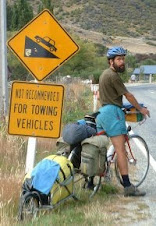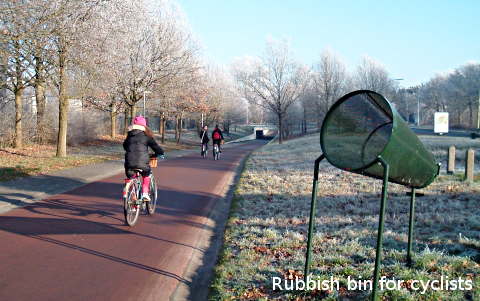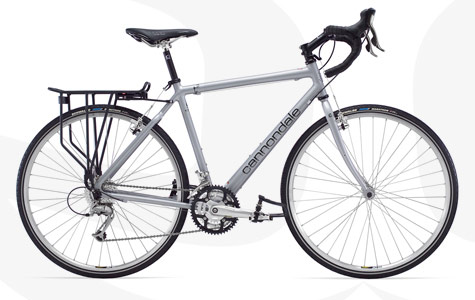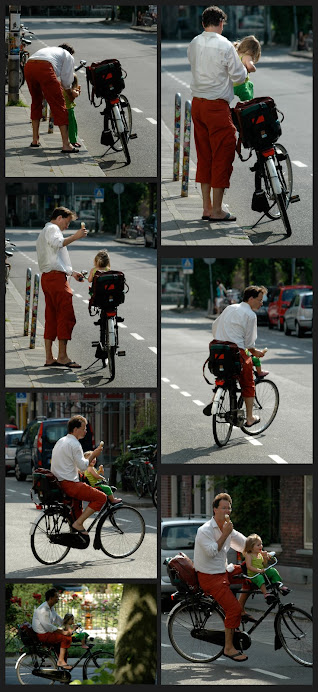At present commuting on the road in Seoul is abysmal due to a lack of cycle lanes and space, a dominant car culture, a lack of education about cyclists and some pretty dangerous driving by cycle ignorant buses and motorists. For example cars and buses often underestimate the speed of oncoming cyclists and as a result cyclists are put in danger because motor vehicles move in front of cyclists.
In Seoul cycles are mainly a form of transport within local areas (for students to and from campus, for older people to the shops, and as small trade vehicles in and around major markets), but cars and buses dominate the roads.
Riding greater distances or even off-road for pleasure, exercising, or training for cycle races is sadly, mostly limited to river cycle paths, which up until now have been difficult to access and smoggy as they were developed as afterthoughts alongside major arterial freeways with masses of motor vehicles. Seoul has a lot of streams and rivers, which descend from the Bukhan National park directly to the North of the city.
In the country’s rush to develop its capital into a modern industrial city many of these streams and rivers became concrete culverts full of filthy industrial run-off and chemical and human waste. The Han's surrounding landscape, a major river that runs East to West through Seoul are also in a sad state. It is where all the abovementioned streams end up and as well as being polluted, is hard to access.
"Historically modernization and industrialization always takes place by water...Seoul has a great resource (in the Han) but the relationship between the city and the river has become distorted" Lee Jewon.
Lee is the director of a project to restore the Han. According to Lee, products of Seoul's rapid industrial growth are manifested in concrete barriers along the river, apartments and roads, which block access. Lee also mentions that the Han lacks waterfronts for people to enjoy, as neighbourhoods face inwards away from the river. A good example of this is the way many apartment blocks which border on massive roads alongside the Han are fenced in with noise reducing walls.
The reappropriation of these streams and rivers as greener public parks and cycle ways is the method local government has seized upon to find space for recreation and better alternative transportation.
Future
The Korea Times reports that the Seoul Metropolitan Government plans to construct bicycle-only lanes totalling 207 kilometres by 2012 in an effort to ‘meet growing demands for a safer environment for riders’:
 'Move over, motorists. Cyclists are getting some of your space'.
'Move over, motorists. Cyclists are getting some of your space'."A city cannot effectively cope with global warming issues and traffic congestion if people commute only by car…We will develop Seoul into a city where citizens can commute by bicycle." Seoul Mayor Oh Se-hoon Korea of course wants to sell bikes as well as make the city a better place to ride. Would anything else lead to change in this ultra capitalist capital? If you have to reduce industrial productivity in order to cut Co2 emissions, best to create a new market and a new way to make money eh?
Ben Jackson in Seoul Selection declared that “the bicycle is no longer an inferior mode of transport”. Sexify word press lists at least 10 cycling related benefits with this being the best:
Bikes are safer : 'Cars kill people. Bicycles don’t. (I suppose in theory they could – if you dropped one on someone from really high up perhaps.) Moreover, loads of real-world evidence shows that the more people cycle, the lower the risk of injury to people on bikes.'
“A motorist is less likely to collide with a person walking and bicycling if more people walk or bicycle. Policies that increase the numbers of people walking and bicycling appear to be an effective route to improving the safety of people walking and bicycling.” – British Medical Journal. It seems another way is building cycle paths that allow cyclists to commute safely.
David Hembrow lists some important criteria for cycle paths further down this page.
Another effective way to access pleasant river cycle ways would be to allow bikes on the subway. There is some evidence (Korea Herald 29.6.09) to show this idea is currently being debated: Park Si Soo reported in the Korea Times that a city official said "From October, a total of 16 trains, two from each line, will run with two bike-only cars,'' ( On Sunday only)"It will be available on weekdays from April next year...If the plan is confirmed, stations in Seoul will widen their entrances and install bike-only lifts linking gateways and platforms,'' the official said.
Best places to ride
Smooth
One stretch already established is the Jungangchon stream which runs North –South from Uijeongbu to the Han. It is hemmed in by major roads, but the surface is in good condition and provides one point of access into the city via the Eastern most part of the Cheongye Chon tributary. For more information regarding these streams see the wiki link on the right side of this page.
Rough
Off road enthusiasts are encouraged to head for Namhansanseong South East of Seoul. This area is yet to be experienced by the author, though plans are in place. According to Kevin Silverson as cited in Hay (2009), this is the premier mountain biking area close to Seoul. See Mountain Bike Seoul in the links section for more info.
References
Hay, Rob 'The Filthies' Groove Korea Issue 31 May '09 p.54
Jackson, Ben ‘Riding in Style and Comfort (ii)’ Seoul Selection July 2009 p.18.
Kim Tae-Jong ‘Going “Road-Diet” for Bike Riding Oct. 23 2008 The Korea Times accessed 7.10.09.
Koehler, Robert quoting Lee Jewon in'Bring the River Back to the People' Seoul Selection July 2009 p.56-57.
Park Si-soo 'Bicycle-Only Subway Cars Planned' The Korea Times 06-28-09 accessed 7.13.09
Sexify Word Press ' Benefits of Bikes for towns and local government' accessed 7.10.09
Yoo Jee-ho 'City to pave miles of new bike paths'. The Joongang Daily May 15, 2009.
Where do you like to ride? Write in and let us know.
What do you ride? Send us a photo of your bicycle.
cycleseoul@gmail.com






















No comments:
Post a Comment